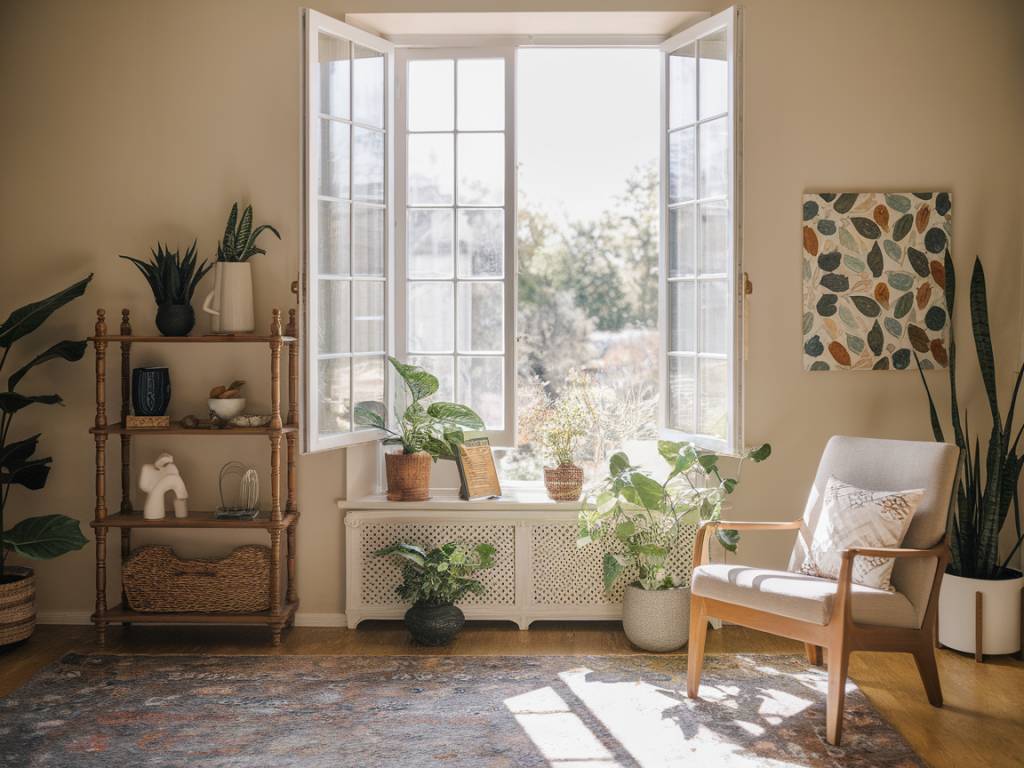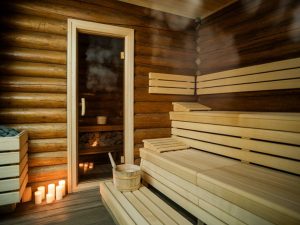
Why Natural Light Matters in Your Home
Have you ever walked into a room and immediately felt uplifted, even without knowing exactly why? Chances are, the presence of natural light played a part. Natural light doesn’t just illuminate your living space—it can transform it entirely. From boosting your mood to enhancing the aesthetics of your home, sunlight is one of the most underrated design elements. Let’s dive in and explore how you can harness the power of natural light to create a brighter, more inviting home.
The Science Behind Natural Light
Natural light is more than just a pretty face. Scientifically speaking, exposure to sunlight triggers the release of serotonin in our brains, which helps stabilize our mood and promotes a sense of happiness. Additionally, natural light regulates our circadian rhythms, improving sleep quality and energy levels. If you’ve ever felt lethargic in a dimly lit room, you’ve already experienced the downside of minimal natural light.
From a practical perspective, natural light reduces the need for artificial lighting during the day, which can lower energy bills and decrease your carbon footprint. A little sunshine goes a long way—for both your health and your wallet.
Creating the Illusion of Space
Natural light has an almost magical ability to make spaces feel larger. Small rooms, when well-lit, appear more expansive and open. By strategically allowing sunlight to flood your living spaces, you can overcome the limitations of tight corners and cramped layouts.
For example, positioning a large mirror across from a window can amplify natural light and reflect it throughout the room. It’s a simple, cost-effective trick that works wonders for virtually any interior setup.
How to Maximize Natural Light in Your Home
Not all homes are blessed with floor-to-ceiling windows or perfectly placed skylights. But don’t worry—there are plenty of ways to make the most of what you have.
- Choose Light Colors: Opt for white or light-colored walls and ceilings to reflect sunlight and brighten the room. Matte finishes tend to work better than glossy ones, as they diffuse light more evenly.
- Opt for Sheer Curtains: Heavy drapes might block sunlight entirely. Swap them for sheer curtains, which let in light while maintaining privacy.
- Trim Outdoor Foliage: Sometimes, the issue isn’t inside but outside. Overgrown trees or plants might be preventing sunlight from entering your windows. A bit of pruning could do wonders.
- Install Glass Doors: Consider replacing solid doors with glass-paneled ones to allow sunlight to flow from one room to another.
- Add Reflective Surfaces: Mirrors, shiny furniture, or metallic accents can help bounce light around your room.
Natural Light and Your Well-Being
There’s something inherently soothing about natural light. It makes us feel connected to the world outside, even when we’re indoors. Studies have shown that natural light reduces stress levels, improves focus, and increases productivity. If you work from home, consider setting up your desk near a window to reap these benefits. A well-positioned workspace bathed in sunlight might just give your 3 PM energy slump the boot.
Similarly, natural light has a profound effect on plants, which in turn improve indoor air quality. A sunlit room filled with greenery isn’t just aesthetically pleasing—it’s also healthier for you. A winning combination, wouldn’t you agree?
Design Tricks to Bring in More Light
When remodeling or redecorating, think of light as an essential element, just like furniture or paint colors. Incorporating windows and light-friendly architectural features can drastically change your space.
- Skylights: If your budget allows, installing skylights can provide a dramatic increase in natural light, especially in rooms that aren’t connected to exterior walls, like bathrooms or hallways.
- Floor-to-Ceiling Windows: Consider maximizing sunlight by installing larger windows during renovations. It’s a bold move but can completely transform the ambiance of your home.
- Internal Glass Walls: For open-plan layouts, glass walls or partitions can enhance the flow of light between spaces while maintaining a sense of separation.
Aesthetic Benefits of Natural Light
Beyond functionality, natural light brings out the best in your home’s interiors. Wood grains pop, colors appear richer, and decor elements gain depth when illuminated by sunlight. It’s a natural filter, enhancing the beauty of everything it touches.
Imagine a cozy reading nook bathed in soft morning light or a dining room that glows warmly as the sun sets. These small moments elevate the everyday and make your home feel truly special.
Balancing Light and Shade
While it’s tempting to let in as much light as possible, balance is key. Direct sunlight can sometimes create glare or make spaces uncomfortably warm. Window treatments, such as blinds or UV-blocking films, can regulate light levels while still maintaining a bright atmosphere.
Additionally, consider the orientation of your windows. North-facing windows tend to let in softer, cooler light, while south-facing ones offer the most intense sunlight. Adjust your layouts and furniture placement accordingly to make the best use of each room’s natural light.
Make the Most of Every Ray
Your home is a reflection of how you live and feel, and natural light is one of the easiest, most affordable ways to make it both brighter and better. Whether you’re starting from scratch or looking to enhance a room here and there, following these tips can help you unlock the potential of sunlight in your living space.
So, what small change can you make today to invite more natural light into your home? Maybe it’s switching to lighter curtains, rearranging furniture, or adding a mirror or two. The possibilities are as endless as the hours of sunlight in a day.


